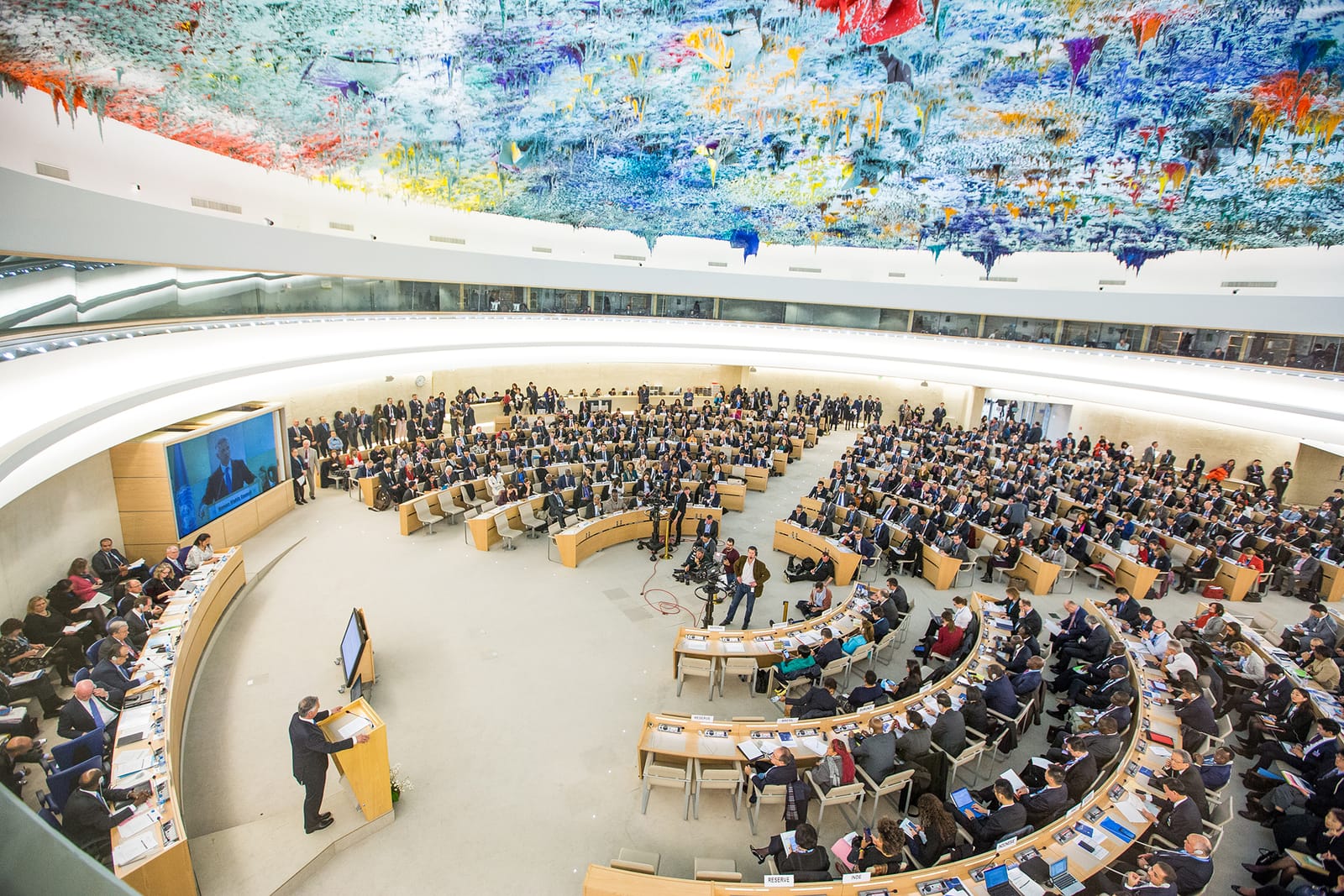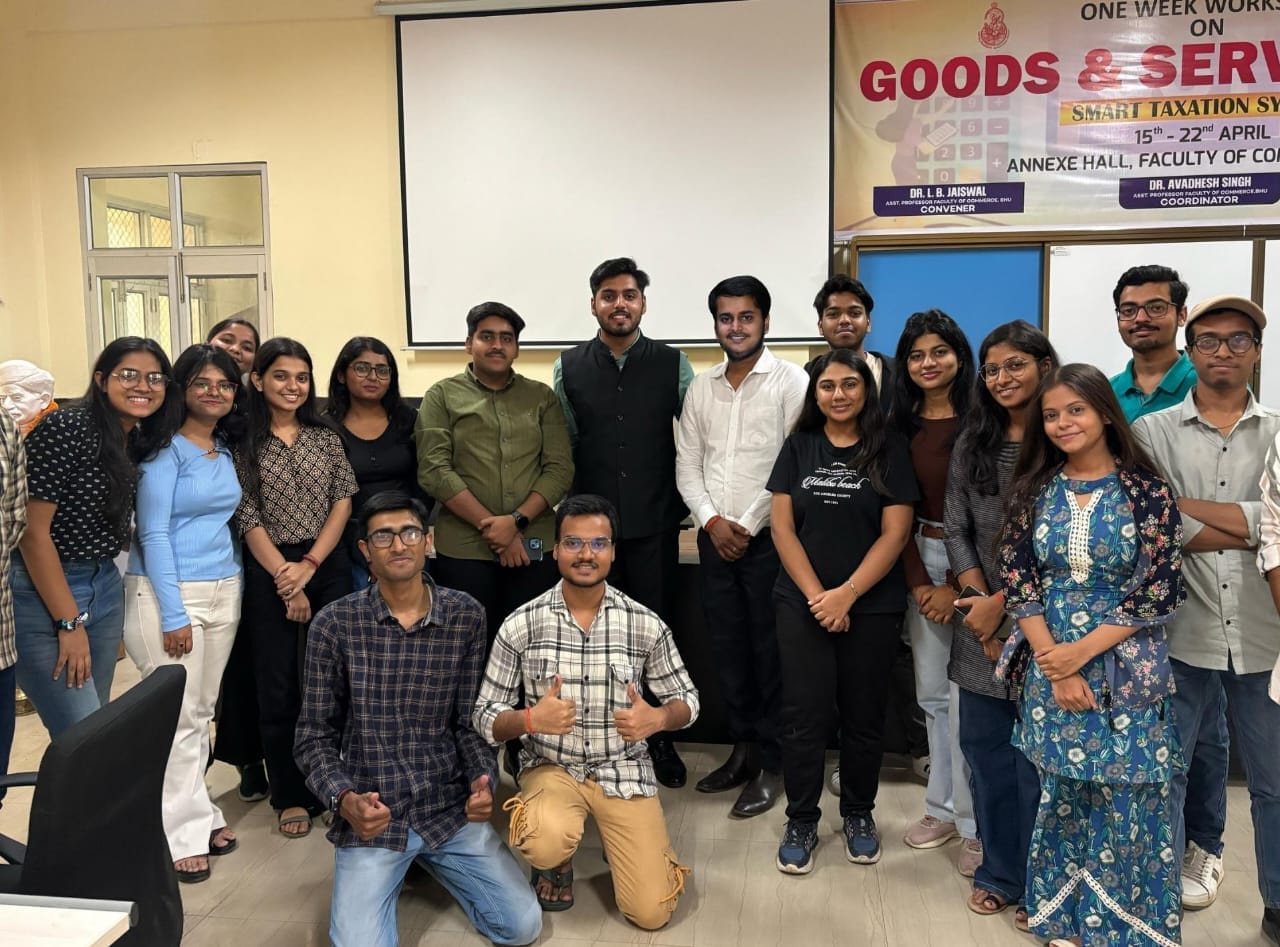The IUS emerged from the collective efforts of students and student organizations around the world who were deeply affected by the devastations of World War II and were eager to promote peace, democracy, and solidarity.
The foundations of the IUS were laid at two crucial conferences held in 1945—one in London and the other in Prague. These meetings brought together student representatives from various countries to discuss the formation of a global student body. The London conference initiated the organization of a committee, while the Prague conference formalized the structure by agreeing on a constitution. The headquarters of the IUS was established in Prague, symbolizing a central and accessible location for both Western and Eastern bloc countries.
The objectives of the IUS were ambitious and forward-looking. They aimed to promote an appreciation of culture and democracy among students worldwide. The IUS sought to support all governments and student organizations striving for peace and security. A crucial part of its mission was to fight for the eradication of fascist ideologies and oppression from all educational institutions. Additionally, the IUS was committed to assisting students in colonial and semi-colonial countries in their struggles for freedom and independence.
The inaugural congress of the IUS took place from August 18 to August 31, 1946, at the Opletalova Hospital in Prague, named after Jan Opletal, a Czech student murdered by the Nazis in 1939. This congress saw the gathering of student representatives who were united in their opposition to fascism and their desire for a peaceful post-war world. However, early on, the organization faced internal tensions, particularly concerning the direction and definition of anti-fascist efforts, which varied significantly among the delegates.
Two key figures in the early years of the IUS were Tom Madden and Joshua Groman. Madden, a British medical student who had fought with Yugoslav partisans during the war, became the first General Secretary of the IUS. Joshua Groman, a respected leader who had survived imprisonment in a German camp and played a part in the liberation of Prague, was elected as the first President of the IUS. Groman's presidency lasted until 1952, when he was forced to resign during Stalin's anti-Semitic purges in the Soviet Union and its satellite states.
The IUS quickly established itself as a credible and influential organization. It was consulted by governments and recognized as the legitimate representative of students internationally. The IUS facilitated numerous practical activities aimed at improving student welfare and promoting international cooperation. One notable initiative was the establishment of the IUS International Sanatorium at Trebetov in Czechoslovakia, providing medical treatment and study facilities for students suffering from tuberculosis.
The IUS also published a monthly magazine, "World Student News," which served as a platform for students around the world to share their experiences and viewpoints. The organization organized world student games, fostering international camaraderie and competition among students.
However, the IUS's mission and activities were soon caught in the crossfire of Cold War politics. The Soviet Union's influence within the IUS led to increasing tensions with Western student organizations. Disputes arose over the IUS's refusal to condemn anti-Semitic incidents in Romania and its perceived alignment with Soviet policies. The situation worsened with the expulsion of the Yugoslav National Union of Students in 1950, following Yugoslavia's expulsion from the Cominform, Stalin's bloc of socialist countries.
The outbreak of the Korean War in 1950 further exacerbated divisions within the IUS. Western delegates faced hostility and demonstrations against them, accused of initiating the war. These events highlighted the deepening Cold War divisions and the difficulties in maintaining a unified international student organization.
Despite these challenges, the IUS continued to advocate for students' rights and global peace. It played a significant role in various international forums and was instrumental in raising awareness about issues affecting students worldwide. The IUS's efforts were a testament to the enduring spirit of student activism and the potential for students to influence global affairs.
As the Cold War progressed, the IUS struggled to maintain its non-partisan stance and faced increasing criticism from both sides of the ideological divide. The organization's credibility was further compromised by internal political disputes and external pressures, leading to a decline in its influence by the late 1950s.
In summary, the International Union of Students represented a bold and ambitious attempt to unite students globally in the pursuit of peace, democracy, and social justice. While it faced significant challenges and political tensions, its legacy lies in its early achievements and the inspiration it provided for future generations of student activists.








